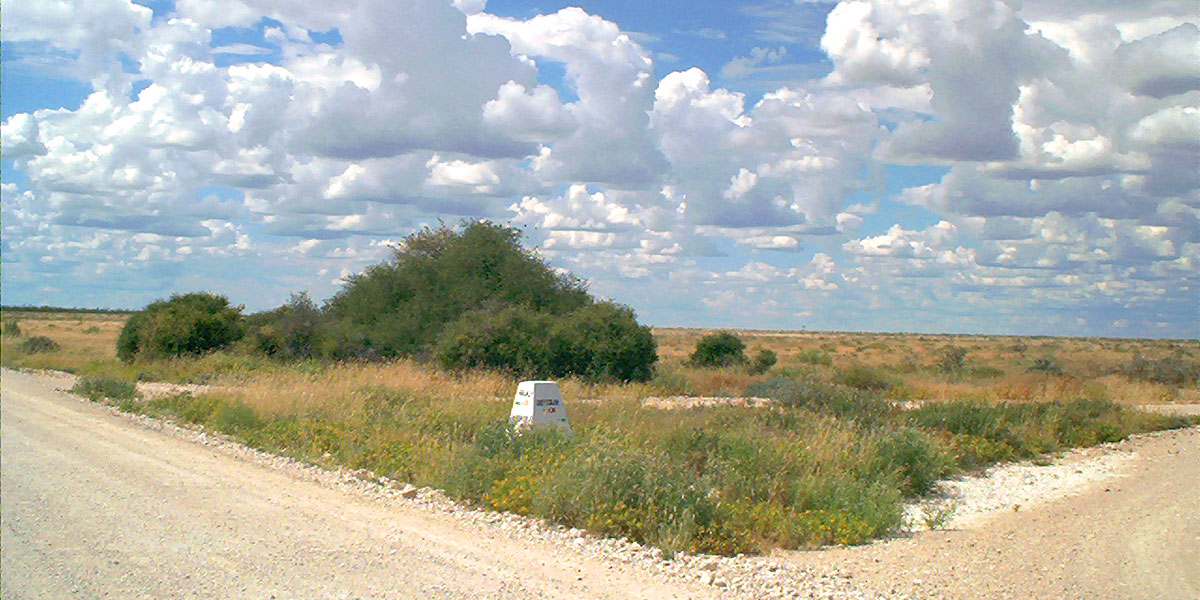‡Aro!gara!garases
- A tree with its very own nickname -
‡Aros is the Hai||om term for Ziziphus mucronata (buffalo thorn, or in Afrikaans, blinkblaar wag-’n-bietjie – literally, “shiny leaf wait-a-bit” – a reference to the notorious capacity of its thorns to snag and halt the unwary passer-by). This species occurs as a large shrub or bushy tree throughout Etosha, usually as a single specimen at waterholes. Its strong, flexible wood was used to make bows, and the roots, bark and leaves to treat coughs and chest ailments. Though bitter, the ochre-red, fleshy berries were eaten raw or boiled, which rendered them slightly less bitter. A Hai||om proverb that features this bitter bounty reveals a wry view of relationships: “Marriage is not like eating ‡âun (raisin bush, with its sweet berries) but like eating ‡aron!”
One specific ‡aros situated close to the main road about 17 km from Okaukuejo was given the nickname ‡Aro!gara!garases. The name contains a swearword, humorously cursing the tree. In the flat terrain, the tree is visible from a great distance. In the past, the Hai||om used to undertake hunting and gathering expeditions in the area. When they became tired in the heat of the day, they would head towards this tree in order to rest in its shade. In the flat terrain, however, it was easy to underestimate distances, and so after walking in its direction for what might have seemed like hours, they would observe that it scarcely seemed to be any closer. In frustration, they would then refer to it as “‡Aro!gara!garases” – “that ******* tree!”
